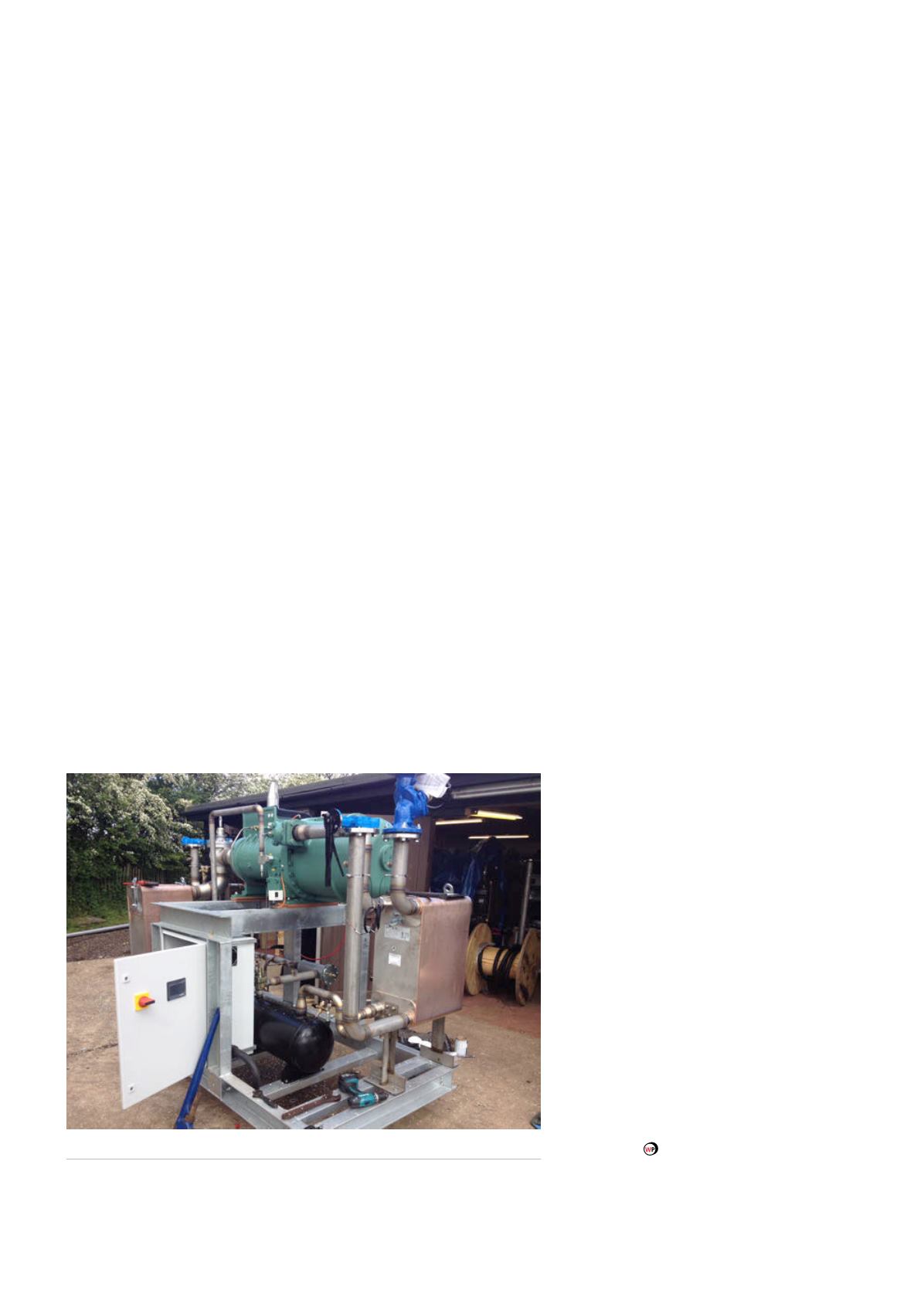
from equipment with fraudulent certification. It is important to
understand how these changes impact each link of the supply
chain, and what they need to do to ensure compliance with the
updated regulation.
The changes to the regulation will affect a wide range of
factors, from the classification of fluids, to the obligations of both
manufacturers and notified bodies. They largely stem from changes
to the Dangerous Substances Directive (67/548/EEC), which is
used to classify the fluids covered under the regulation until June
2015, and have now been replaced by the Classification, Labelling
and Packaging (CLP) 1272/2008 regulation. Very few fluids will
change classifications as a result of these changes, however
manufacturers and operators will still need to be familiar with the
new requirements and ensure that equipment entering the market
is compliant.
The updated PED regulations will place further emphasis
on the responsibilities of the entire supply chain in ensuring
compliance. For example, if an importer or distributer modifies
the equipment in any way, or places the equipment on the
market under their own name, they are now deemed to be a
‘manufacturer’ under the updated regulation and are therefore
subject to the obligations therein. All of this means that the net of
responsible parties will widen, ensuring that all involved at every
step in the supply chain will play a key role in ensuring that only
safe, compliant equipment reaches the end user.
Whilst there are no changes to the actual safety requirements
themselves, another key difference brought about by the changes
is the evolution of the safety philosophy of the directive. In order
to ensure that every aspect of safety is considered and evaluated,
manufacturers must analyse the risks of pressure equipment and
not just the hazards. This is a marked change in the approach to
safety requirements, reflecting the increasing scrutiny of safety
standards in the wider industry. As more companies question
whether the utmost safety standards and controls are in place
in order to safeguard both staff and equipment, certification
can play a key role in evaluating and documenting safety and
governance.
How can certification bodies help to ensure
that compliance is simple and efficient?
Certification bodies play a key role in enabling those in the
industry to recognise how certification schemes can help
companies to improve standards and efficiencies. Demonstrating
transparency and good governance has never been more
crucial in order to remain competitive in the market, and
therefore companies need to maintain value through protecting
their reputation, and help to continue positive, trustworthy
relationships with customers and wider stakeholders.
More often than not, knowing which questions to ask to begin
the process is one of the first and most challenging barriers to
achieving compliance. This is where the advice of knowledgeable
experts becomes invaluable. Through working with experienced
certification experts, businesses are better positioned to break
down the complexities of the regulation and ensure that all of the
necessary steps are in place.
To support this, HPi VS has recently launched a PED online
training portal to provide fast and easy access to a bank of
information relating to the directive. Tools such as this allow
companies to access the important details they need to move
towards certification.
However, good governance requires a more thorough
approach than just ticking through a checklist. Recording not
only whether a feature is compliant, but also how it reaches the
required standard provides reassurance that every measurable
step has been taken to guarantee the utmost standards in safety
and quality. It is therefore important for companies to also receive
advice that enables them to not just demonstrate compliance, but
also empowers them to thoroughly understand the requirements
of the regulation.
The industry increasingly looks to raise standards across all
aspects of day-to-day operations, ensuring not
only that pressure equipment is compliant but
also that it meets the required high standards in
safety and quality. Certification bodies have the
knowledge and expertise to empower companies to
understand the regulation and achieve compliance
smoothly and efficiently. Certification schemes can
help to drive value through improved reputation,
improve operational standards and efficiencies,
and help to improve relationships with customers
and wider stakeholder networks. Armed with
robust documentation that goes beyond simply
stating that equipment is compliant, companies can
demonstrate a commitment to transparency and
good governance to their customers.
The requirements of the PED and the updates
to the regulation can be easily navigated when
the necessary information is readily available and
simple to access. Combined with sound advice
from knowledgeable experts, companies can
navigate compliance in the simplest and most
efficient way.
Figure 2.
An O
2
purifier skid.
70
World Pipelines
/
MARCH 2016


